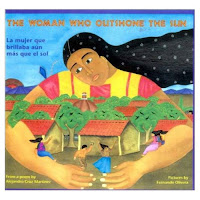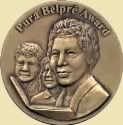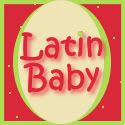
The Woman Who Outshone the Sun/La mujer que brillaba aún más que el sol is a bilingual book that has been a part of my classroom library for several years. The book is based on a poem by Alejandro Cruz Martinez, a Zapotec poet who dedicated himself to collecting the stories of his people.
This Mexican folktale retells the legend of Lucia Zenteno, a beautiful and mysterious woman who symbolizes the forces of nature and epitomizes that which is considered “different”. Lucia’s beauty outshines the sun. She is glorious to behold, as she glides through the story accompanied by butterflies, flowers, and an iguana that walks by her side. She seems to be at one with nature; while she bathes in the river, the fishes and the water flow in and out of her hair. She is womanly, sensuous, and natural. The elders respect and admire her, but others in the community do not understand her ways, and mistreat her.
The dignified Lucia does not react to their hurtful words. Instead, she goes about her business, keeps to herself, and walks with her head held high. This infuriates some of the people, who misunderstand her and suspect that she is ill-intentioned. They treat her with even more cruelty, and succeed in driving her out of the village. What the villagers do not expect is that when Lucia leaves, the river and the fishes go with her. The people soon realize how much they have lost when Lucia leaves.
This book has many teachable points. It is a perfect springboard for a discussion or study of natural resources. Water is, in fact, a “main character” in this story. Children can begin to understand how precious it is, through this book. Respect and acceptance of that which is different are themes in this story as well. I also like for my students to take a close look at the illustrations by painter Fernando Olivera. The artwork complements the book perfectly in its depictions of the animals, the villagers’ clothing, and the haunting Lucia who flows from one page to the next, full of life.
This book is useful and enjoyed by my bilingual students. Both English and Spanish text are on each page, accommodating independent or shared reading. Recently, I had the pleasure of inviting my father to my classroom as a guest reader. He read this book to my students, and was struck by its beauty.
This book is useful and enjoyed by my bilingual students. Both English and Spanish text are on each page, accommodating independent or shared reading. Recently, I had the pleasure of inviting my father to my classroom as a guest reader. He read this book to my students, and was struck by its beauty.


















0 comments:
Post a Comment